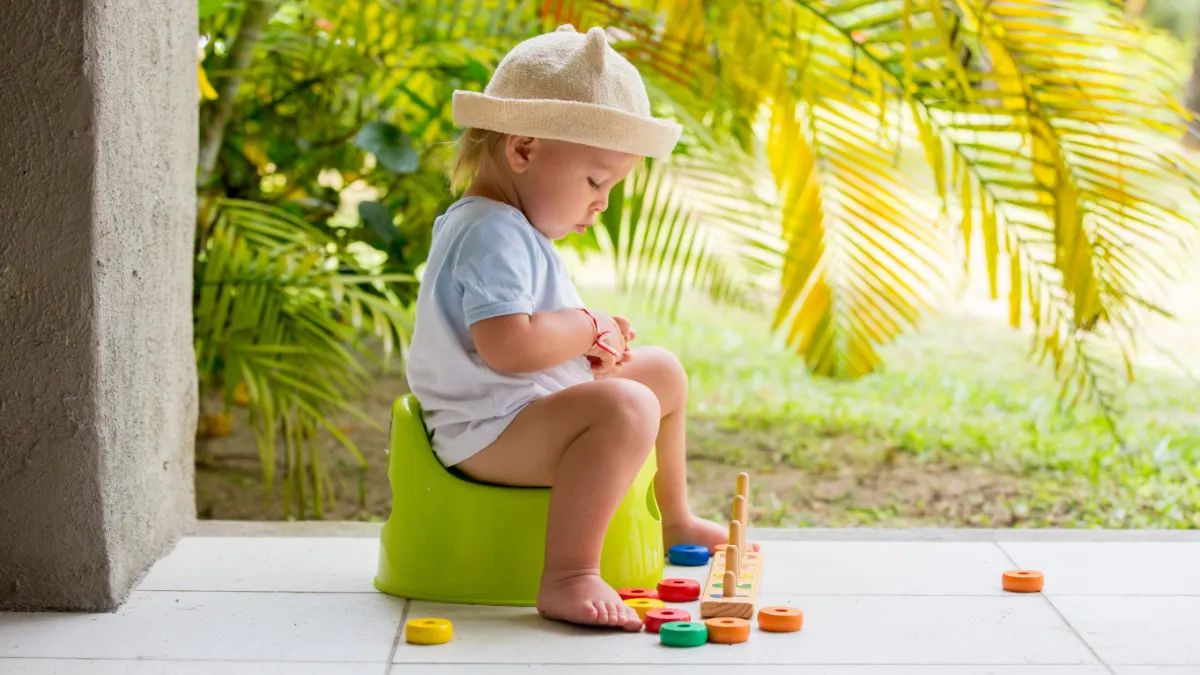Potty training is a significant milestone for every parent and child. One common question many parents have along this journey is, “what age should I teach my son to pee standing up?” The answer isn’t one-size-fits-all, as it depends on your child’s development and readiness. However, with the right approach, you can make this transition a natural and stress-free part of potty training.
Understanding the Right Age
Most children begin potty training between the ages of 2 and 3, but every child progresses at their own pace. Transitioning boys to pee standing up typically comes later in the potty training process, after they have mastered sitting down to use the toilet. For many, this happens around the age of 3 to 4 years old.
Key Signs Your Son is Ready to Learn
Rather than focusing solely on age, watch for signs that your son is ready to stand while peeing. These could include:
- Successfully using the toilet while sitting down.
- Showing curiosity about standing up to pee, such as watching you or older siblings.
- Expressing control over their bladder and fewer accidents.
- Demonstrating improved balance and coordination.
If your child is showing these signs, they may be ready to give standing up a try.
Why Start with Sitting First
When starting with potty training, teaching boys to sit initially can simplify the process. Sitting ensures that both bowel movements and urination occur in one place, minimizing messes and confusion. It also gives boys time to learn how to understand and control their need to go. Once they’re comfortable, you can introduce standing to pee as the next step.
Tips for Teaching Boys to Pee Standing Up
Transitioning to standing doesn’t need to be overwhelming or messy! Here are some practical tips to make it easier for both you and your child:
1. Use a Step Stool
Many toilets may be too high for toddlers to reach comfortably. A sturdy step stool will help your little one feel confident at the right height.
2. Lead by Example
Your son is likely to learn by watching you or a trusted role model. Fathers or older brothers can demonstrate the process and make it seem fun and easy.
3. Make It Fun
Turn the experience into a game! Target practice can be a helpful way for boys to develop aim. Consider using items like colorful toilet targets, biodegradable floatable objects, or even cereal pieces.
4. Be Patient and Encouraging
Every child learns at their own pace. Accidents and missed attempts are natural parts of the process. Offer plenty of encouragement and praise for progress, no matter how small.
5. Teach Proper Hygiene
Encourage hand washing after every bathroom trip, and ensure your child knows the importance of keeping the toilet area clean. This is an essential skill that goes hand-in-hand with potty training.
Is It Okay if My Son Takes Longer?
Yes! There’s no “perfect” age that works for all children. Some boys might feel more comfortable sitting longer, and others might take to standing right away. The goal is to encourage natural development without pressure. Boys typically begin standing confidently to pee as they approach kindergarten age, around 4 or 5 years old.
Final Thoughts
Teaching your son to pee standing up is a gradual process. The key is to focus on his physical and emotional readiness rather than comparing ages or feeling pressured. Celebrate each step forward and make the experience positive.
And remember—as with all stages of parenting, patience and consistency are your best tools. You’ve got this!








